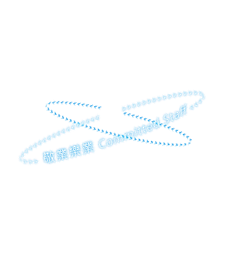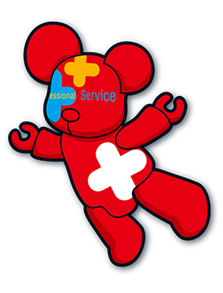Toxicology Services
M9.1 Novel Psychotrophic Substance - The Past 10 Years in Hong Kong
M9.2 Availability and Accessibility of Antidotes in Acute Hospitals
M9.3 Electronic Cigarette: Its "Good", Bad and Ugly – A Toxicologist Perspective
Toxicology Services
M9.1 Novel Psychotrophic Substance - The Past 10 Years in Hong Kong
M9.2 Availability and Accessibility of Antidotes in Acute Hospitals
M9.3 Electronic Cigarette: Its "Good", Bad and Ugly – A Toxicologist Perspective
HA Convention 2019 hac.convention@gmail.comTechnical Issues?
If you're experiencing playback problems, try adjusting the quality or refreshing the page.
Questions for Speakers?
Use the Q&A tab to submit questions that may be addressed in follow-up sessions.








